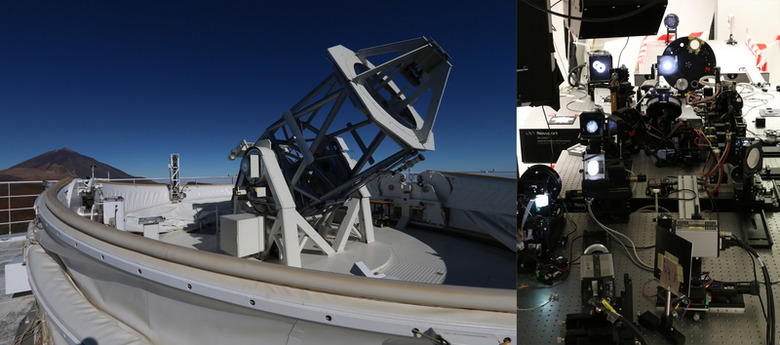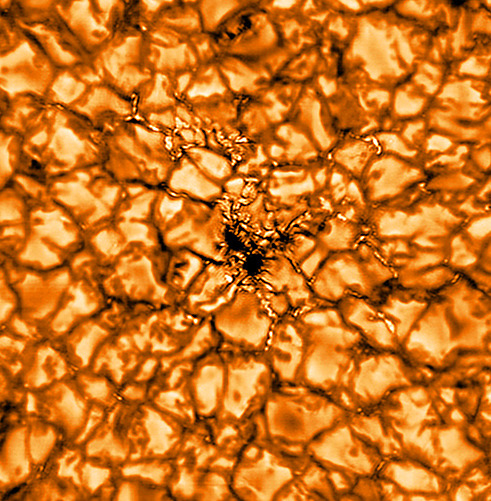Mesmerizing High-Res Sun Images Get Us Closer To Star's Secrets
Groundbreaking close-up images of the Sun have revealed the incredible and intricate surface of our star, including high-resolution images of sunspots. A team at the European GREGOR solar telescope at Teide Observatory, Spain, trained their latest high precision instruments at the Sun in July 2020, for an unprecedented view of our Solar System's core.
Though it may be the closest star to Earth, the Sun is still a challenge to observe. On the one hand, there are ongoing projects sending probes to the star, though they face the not-insignificant challenge of successfully making the roughly 93 million mile journey.
Alternatively there are high-power telescopes, though they encounter hurdles of their own. At the sort of distances involved, even the slightest issue with the optics involved can lead to blur or problems focusing. Indeed, it was while tackling that, that the GREGOR team came up with its new imaging breakthrough.

"In only one year we completely redesigned the optics, mechanics, and electronics to achieve the best possible image quality," Dr. Lucia Kleint, project lead, explains. The breakthrough was a combination of hardware and software, using optics models to create complex off-axis parabolic mirrors that would help give GREGOR its incredible magnification. In the process, those mirrors needed to be polished to 6 nm precision, or the equivalent of around 1/10,000 of the diameter of a human hair.
The rebuild was completed in March 2020, but inclement weather meant observations couldn't actually be recorded until July. The results, though, were worth the wait. GREGOR is capable of resolving details as small as 31 miles on the Sun, compared to its 865,370 mile diameter.

"The new optics of the telescope will allow scientists to study magnetic fields, convection, turbulence, solar eruptions, and sunspots in great detail," the team suggests. "First light images obtained in July 2020 reveal astonishing details of sunspot evolution and intricate structures in solar plasma."
It's a very different perspective of the star, to the roiling loops of fire we typically associate with it. Instead, the close-ups appear almost crystalline, as the solar magnetic fields shift and pulse with mesmerizing irregularity. Sunspots appear like inky flaws in the amber surface, their concentrated magnetic field flux preventing the convection process.
All that isn't just for engaging new wallpapers for your desktop. The changes of magnetic fields from the Sun has huge implications for our own experiences down on Earth, including impact on the weather, telecommunications, and more. The hope is that this newly-precise view of the star will help better understand how the Sun's shifts might be connected to phenomena encountered here.
